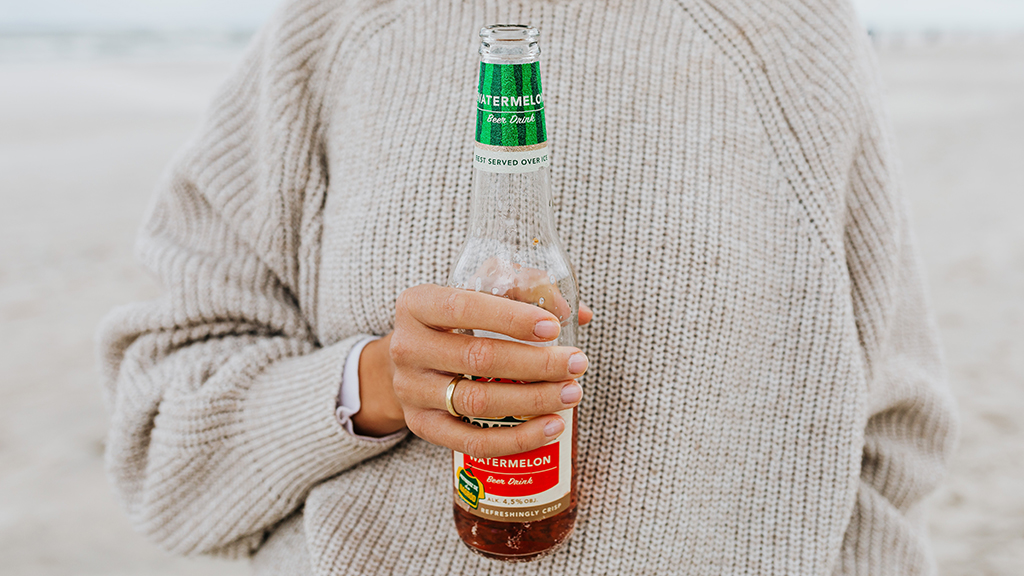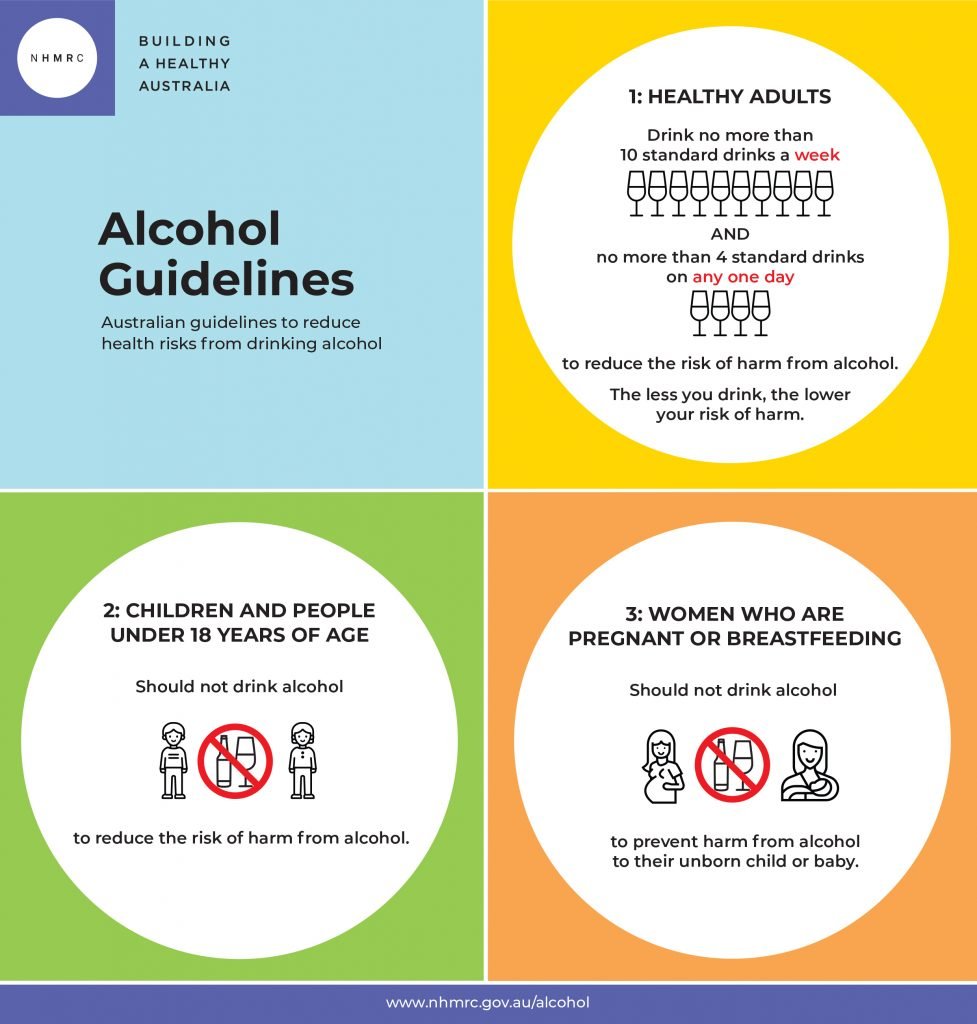How do your drinking habits measure up? New alcohol guidelines can help you make informed choices
We’re now well into July! Maybe you’ve taken the Dry July challenge like Deakin alumni Alex, or you’re supporting a friend? Or perhaps you’re just living your normal life, which includes occasional, regular or no drinking.
Either way, the release of some new national alcohol guidelines makes it the perfect time to think about your relationship with alcohol. We all know alcohol has been linked to numerous health issues, so ensuring you drink in moderation and feel in control of your drinking habits is key.
Alcohol expert Professor Peter Miller from Deakin’s School of Psychology, and Director, Centre for Drug Use, Addictive and Anti-social Behaviour Research (CEDAAR), explains in more detail what these guidelines mean:
‘The key change is to provide people with a weekly estimate of drinking. This seems to be more relevant and encourages people to take days off drinking. It really gives a better perspective on drinking patterns during the week.
‘The key message remains that alcohol is a carcinogenic product that is related to the eight separate forms of cancer, and to prevent future risk of cancer there is no safe level of alcohol consumption. While the alcohol industry fights hard to deny this, the independent evidence is overwhelming.
‘The biggest misconception about alcohol consumption is that it’s harmless, or even that it has some health benefits as the alcohol industry claims. The alcohol industry constantly pushes the rhetoric that their industry serves people who don’t have drinking problems, but we know that in fact 70% of their sales rely on people who are the heaviest drinkers. In regards to standard drinks, the big issue is that most people tend to equate their own pouring to a standard drink.
‘We know that a select group of the population are behaving in healthier ways towards alcohol. The problem is that the people who are most at risk of alcohol-related harm continue to drink at heavy levels and experience significant alcohol-related harm. COVID-19 and the home delivery of alcohol has made this situation much worse.’
If you feel like your relationship with alcohol is a little out of balance, we encourage you to use these guidelines to reevaluate your daily and weekly drinking habits.
Want to drink less? Our Wellbeing Ambassadors have some tips!
Molly creates a Watermelon Crush Mocktail
Molly, who’s a big fan of cocktails, was excited to come across this Watermelon Crush mocktail (non-alcoholic cocktail) recipe:
Creating this delicious mocktail was a reminder that you don’t have to drink alcohol to enjoy the flavours of a well-made drink. Heaps of venues now have an extensive range of mocktails and non-alcoholic drinks (goodbye, boring soft drinks!). Not only are they a healthier option; they’re also easier on your bank account. You don’t necessarily need to avoid social settings that traditionally involve alcohol – be creative and enjoy a non-alcoholic drink!
Check out Dry July’s Health Hub for more recipes and ideas, and share your activities on the Deakin Life Instagram page.
Simran shares her top tips for non-alcoholic activities
More information and support
To learn more about alcohol, visit Deakin’s CEDARR program website and read the new alcohol guidelines.
Support is also available if you’d like to improve your health and wellbeing:
- Make a free and confidential appointment with one of our doctors at a Deakin Medical Centre or chat to a Deakin counsellor.
- Visit our Ask Counselling blog, which contains questions asked by Deakin students and answered by our counsellors. All questions and responses are anonymous.
- Visit the Australian Department of Health or Hello Sunday Morning for helpful information and resources on changing your relationship with alcohol.
- Contact the National Alcohol and Other Drug Hotline on 1800 250 015 for free and confidential advice.


You must be logged in to post a comment.